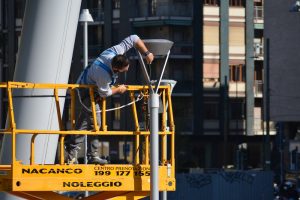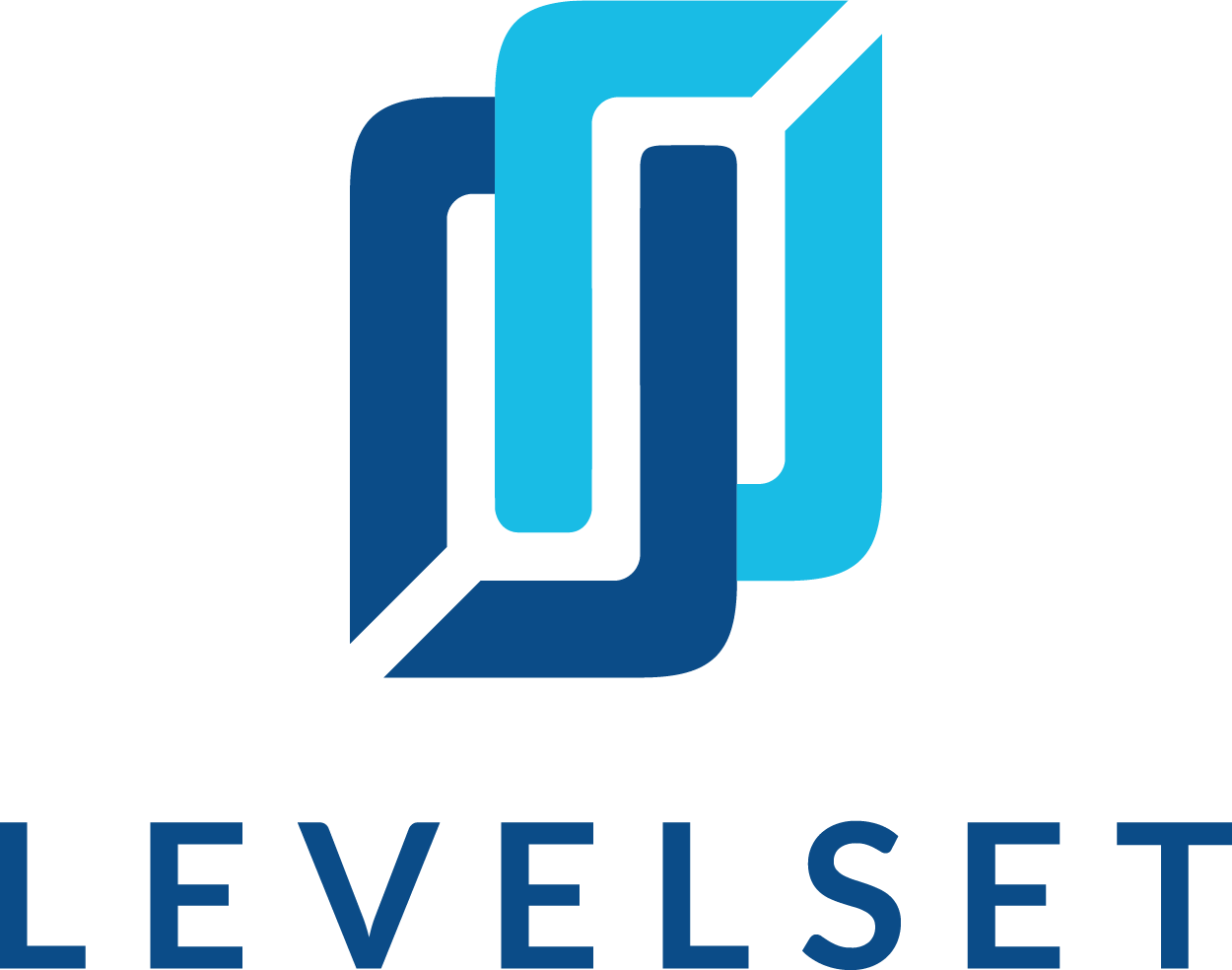
Construction manager at risk (CMAR) is a method of project delivery in which the construction manager acts as an agent of the property owner to complete the project within a guaranteed maximum price.. CMAR is an alternative to other project delivery methods like design-build or design-bid-build.
With CMAR, the construction manager acts as an advocate for the owner on both design and construction phases of a project to ensure the costs remain below the guaranteed maximum price. The maximum price explains why the construction manager is considered “at risk” for the project: If the project exceeds the limit, the construction manager will be financially liable for any additional costs.
Below, we’ll describe how CMAR works as well as the pros and cons of this project delivery method.
How does CMAR work?
Understanding the construction manager at risk project delivery method is easiest when you contrast it with a traditional design-bid-build project.
In a traditional project, a property owner will establish a contract with a design firm, who is responsible for preparing construction drawings and documents that outline the design and scope of the project. After the design is completed, the owner will accept bids from general contractors. As construction gets underway, changes may be necessary—and the associated costs often become the responsibility of the property owner.
With CMAR, on the other hand, a property owner establishes a relationship with a construction manager (CM) from the outset of the project. The CM may be an individual—often a general contractor—or a management firm. Throughout the design phase, the CM offers input to ensure that the building’s design is balanced against other interests, like budget and schedule. The CM solicits bids from subcontractors during the design phase, and afterward they establish a guaranteed maximum price for the project.
This arrangement can be advantageous for all of the parties involved.
- Designers are able to work collaboratively with contractors from an early stage to ensure the feasibility of the construction drawings.
- Property owners establish a guaranteed price for the project, potentially limiting their risk during the construction phase.
- Construction managers are able to provide input and solicit bids earlier in the project, possibly improving the schedule and budget along the way.
Using CMAR, an owner establishes a relationship with a construction manager who acts as a consultant and expert—and the CM has a financial incentive to act in the owner’s best interest.
There are both advantages and disadvantages to CMAR, which we’ll discuss in the following sections.
Related: Learn about other construction project delivery methods.
Pros of CMAR
Construction Manager at Risk is probably most often used when a property owner doesn’t have a lot of experience with construction projects, or is stretched too thin. With an experienced, honest construction manager overseeing the job, the CMAR method can deliver positive results — not just for the property owner, but for the architect and contractors on the project as well.
1. Job cost accuracy
From the outset of the project, the construction manager provides the property owner with cost estimates that stay within the overall construction budget. During the design phase, the construction manager can propose changes to bring the cost in line with the planned expenses.
Bottom line: The property owner has limited financial liability due to the guaranteed maximum price, which shifts financial risk to the construction manager.
2. Streamlined communication
The construction manager can bridge the design and build phases of the project by representing the owner’s interests from start to finish. With traditional project delivery methods, project phases are less tightly integrated, which can lead to conflicts down the road. With the improved communication involved in CMAR, the construction manager can help reduce schedule delays by acting as the liaison between owner, architect, and contractors.
Bottom line: The property owner benefits from reduced management burden as well as increased communication between all of the parties involved in a complex construction project.
3. Faster payments
With the construction manager serving as the single point of communication at the top of the payment chain, CMAR can result in faster approval of payment applications and reduced payment delays to the subcontractors on the project. As long as the construction manager stays under the guaranteed maximum price, risk is reduced for all parties with a financial stake in the project.
Bottom line: Poor communication can result in lengthy payment delays, but a construction manager at risk acts as a single point of contact with high visibility of everyone involved in a project, speeding up the payment process.
Cons of CMAR
With the CMAR project method can improve communication, simplify costs, and reduce time to completion for a project, this isn’t always the case. In certain situations, CMAR can actually degrade the quality of a project. Here are some of the most common downsides to using construction manager at risk.
1. Single point of failure
The success of a CMAR project will hinge on the performance of the construction manager. An inexperienced CM can cause problems in both the design and building phases of a project, leading to an inferior product, workmanship disputes, and payment delays. All of the advantages of CMAR are quickly outweighed by an inadequate CM who is unable to act as a liaison between stakeholders.
Bottom line: With construction manager at risk, an incompetent construction manager can negatively affect all aspects of a project.
2. Liens & payment disputes
Since the construction manager is at risk for cost overruns, they may feel incentivized to lower costs however necessary as the project approaches the maximum price. For example, a CM may be motivated to put downward pressure on the contractors and subs further along the payment chain, using bogus back charges or other scare tactics to bully subcontractors into accepting less money for their work. This can lead to payment disputes and a heightened risk of mechanics lien claims filed by sub-tier parties.
Bottom line: While the guaranteed maximum price can help keep costs in line, this method can backfire if a CM feels pressure as the project approaches the end of its allotted budget.
3. Quality control
Because the construction manager is financially responsible for any cost overruns, CMAR can incentivize managers to cut corners on the quality of work or materials to keep expenses under the contract price. This is particularly true if the CM is also acting as the general contractor.
Bottom line: Since the construction manager is at risk for cost overruns, they have a potential conflict of interest overseeing the quality of work—the less the CM spends, the more they take home.
How to run a successful CMAR project
As with any project delivery method, CMAR can still fall prey to technical and human error. Unexpected issues pop up, egos can flare, and best-laid plans may go to waste. When working on a large, complex project, using the construction manager at risk method can go a long way toward keeping the project in sync—as long as the fundamentals are in place.
Here are four essential ingredients of a successful CMAR project:
- A capable construction manager. A property owner should vet the construction manager thoroughly to reduce their own risk and ensure they find a CM with a successful track record.
- An accurate estimate. Budget overruns are the biggest source of problems for a CMAR project, as they could lead to a CM cutting corners. Starting with an accurate estimate creates better financial incentives for all parties.
- Clear expectations. The construction agreement between the owner and the CM should outline expectations for both parties, including their responsibilities, how disputes are resolved, and a clear scope of work.
- Constant communication. With a single CM acting as the eyes and ears on a project, clear and timely communication is essential to keep everyone on the jobsite aligned and on the same page.
There are no perfect project delivery methods—each approach has advantages and disadvantages. That said, CMAR offers an approach that can help owners reduce their management burden and financial risk. On the other hand, owners must be careful to select a construction manager with a strong track record. A good CM will provide valuable communication skills to ensure they bridge the gap between the design and build phases. With strong input, an accurate estimate, and active management, a construction manager can lower costs and shorten the project timeline.
